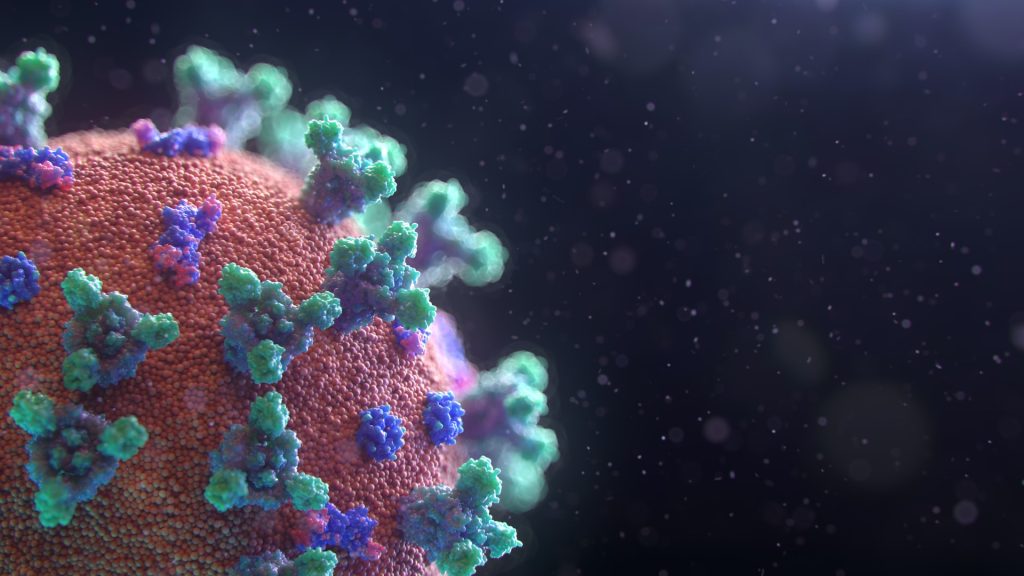Muscle Relaxants Largely Ineffective for Low Back Pain, Study Finds

Though muscle relaxant drugs are largely widely prescribed to treat low back pain, they are largely ineffective, suggests an analysis of the latest evidence published by The BMJ.
While the evidence shows that muscle relaxants might reduce pain in the short term, the effect is too small to be considered clinically meaningful, and there is an increased risk of side effects.
However, the researchers stressed that the certainty of evidence is low, necessitating large trials to resolve uncertainties around the use of these drugs for back pain.
Low back pain is a global public health problem and muscle relaxants (a broad class of drugs that include non-benzodiazepine antispasmodics and antispastics) are a commonly prescribed treatment. Prescriptions in England last year exceeded 1.3 million, and in the US more than 30 million. Yet clinical practice guidelines around the world provide conflicting recommendations for their use.
To cast light on the matter, researchers in Australia investigated the effectiveness, acceptability, and safety of muscle relaxants compared with placebo, usual care, or no treatment in adults with non-specific low back pain.
The team analysed 31 randomised controlled trials involving over 6500 participants. Though the trials were of varying quality, the researchers were able to assess the certainty of evidence using the recognised GRADE system.
They set a difference of at least 10 points on a 0 to 100 point scale for pain and disability to be the smallest clinically important effect, which is a threshold used in other low back pain studies.
Very low certainty evidence showed that, compared with controls, non-benzodiazepine antispasmodic drugs might reduce pain intensity at two weeks or less for patients with acute low back pain. However, the effect is less than 8 points on a 0-100 point scale, therefore not meeting common thresholds to be clinically meaningful.
Little to no effect of non-benzodiazepine antispasmodics on pain intensity was seen at 3-13 weeks or on disability. Additionally, low and very low certainty evidence also showed that non-benzodiazepine antispasmodics might increase the risk of adverse events (typically, dizziness, drowsiness, headache and nausea) and might have little to no effect on treatment discontinuation compared with controls. The effect of muscle relaxants on long term outcomes was not evaluated in any of the trials.
The researchers acknowledged some limitations of the analysis, despite its using the best available evidence, and noted that some, but not all, individuals could gain a worthwhile benefit due to the modest overall effect. The low to very low certainty of evidence does not allow any firm recommendations, they cautioned.
Source: News-Medical.Net
Journal information: Cashin, A.G., et al. (2021) Efficacy, acceptability, and safety of muscle relaxants for adults with non-specific low back pain: systematic review and meta-analysis. BMJ. doi.org/10.1136/bmj.n1446.






